|
Laura Dunn from the Figge came to Buffalo to prepare the 5th graders for their field trip to the Figge and I asked her to stay for another class to teach a lesson to the 3rd grade. We learned about color field artists Mark Rothco and Helen Frankenthaler and how artists create abstract work. We even had time to try it out ourselves!
0 Comments
This one-day drawing was inspired my Mona Brooke's book Drawing with Children. If you want to work on drawing with your child, this book is an excellent resource. Everything can be drawn using her five groups of lines and shapes. In the book, she shows how one can practice identifying these lines and shapes and draw realistically.
This bird drawing is in her book. I like to do a few guided drawings with the younger kids each year. It builds listening skills, provides practice with line and shape, and they oftentimes remember how to do the drawing independently and draw more for their friends and family. Because I always use descriptive words for each step (i.e. Next we are going to draw a vertical line. A vertical line stands up tall like a soldier), we build art vocabulary as we draw too. Even though we do the drawing together, each drawing is unique. The kids were required to add at least 5 details once the bird was complete. The 4th graders completed this project earlier in the year. Looking ahead to next year, I wanted to do a more challenging sewing project with next year's 4th graders. This project is a fun introduction to sewing so I decided to have my 3rd graders make a kente cloth as well. Directions can be found on the 4th grade kente cloth blog post.
1. Practice with modeling clayBecause earthenware clay dries out so quickly, I always provide the kids with a day of practicing with modeling clay. It isn't as moldable, but the kids begin their clay project with confidence the next time around. 2. Build 2 pinch pots3. Add small clay beads and join pinch pots4. Add original design5. Mrs. White bisque-fires the clay6. Apply 3 coats of glaze7. Mrs. White glaze-fires the maracas8. Test the maraca!All DCSD 5th grade students go on a field trip to the Figge Art Museum and the River Music Experience. Figge docents led groups of about 12 students on a tour and highlight works from the Figge's own collection as well as current exhibitions. These docents are volunteers and we are thankful for their time and effort! Following our Figge tour, we walked to the River Music Experience and sat down for lunch. Ellis Kell sang the short songs the students had written in music class and provided a musical history of the music of the Mississippi River. Each student receives a kazoo at the end of the presentation. ScheduleThe Figge Art MuseumThe River Music ExperienceThankfulness was the topic at a Sunday school event this spring at church. The speaker mentioned that people who purposefully think of things they are grateful for are more successful and healthy. Students that are thankful perform better in school. I immediately began brainstorming a project I could do at school to encourage my kiddos to be more thankful. The 2nd graders were ready for another project and, because we hadn't explored printmaking yet, we created "Grateful for" prints! 1. Brainstorm things we are thankful for2. Draw an image that represents what I'm grateful for3. Transfer image to a piece of foam4. Use markers to color foam and print!5. Use ink to printWe needed a 2-day project at the very end of the school year and the kinders loved using their knowledge of line and color. We also learned about foreground, middle ground, and background.
This project is from Whitney Elementary School's Artsonia page. I like to do a memory-inspired project with the 5th graders to give them an opportunity to reflect on their elementary experience. Because the 2nd Grade Animal Habitats were so successful, we used a similar technique for these mixed-media pieces. 1. Brainstorm. Write down 3 favorite memories.2. Create a little human out of air-dry clay.Note: we practiced with modeling clay first! 3. Paint mini person4. Create mixed media background for memoryI encouraged the kids to include at least 3 details to their setting. The viewer should be able to identify the season your memory occurred (if outdoors), the time of day, and a general idea of location. 5. Glue on little clay human6. Write a description of your memory and glue it to the back.Another fabulous, much loved, highly-successful project from Cassie Stephens! She has very detailed instructions (including a short video!) for this project on her website. Check it out for more information! This fabulous project is from Cassie Stephens!
We didn't have time to make these crocodile puppets at Buffalo Elementary, but we did at Wilson Elementary! This project packs in a lot of techniques: printmaking, weaving, folding (a difficult skill for youngsters!), cutting, and glueing. The best part is going on a crocodile hunt once the puppets are complete! Before art class, I print off reptile footprints, post them around the school, and throw a bunch of plaster easter eggs in a safe area outside of the school building. In class, I show a short video of a nile monitor eating and stealing eggs from a crocodile nest. Now we crocodiles have a mission: go find our eggs and return them to the nest! After review hallway expectations, we get our crocodile puppets on and silently follow the reptile footprints. This year the kids had a difficult time finding the easter eggs; it took some searching! There is always lots of squealing and shouting once one student finds an egg. Each student puts one egg in their mouth and we carry them back inside to drop them in the "nest". |
Author
Archives
June 2016
Categories
All
|





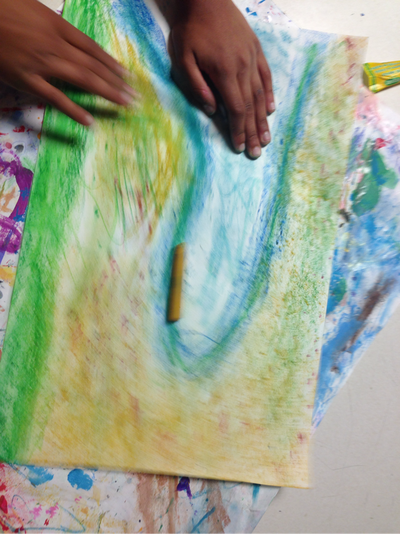
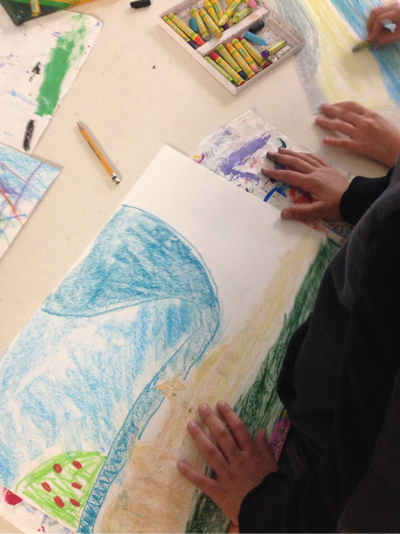
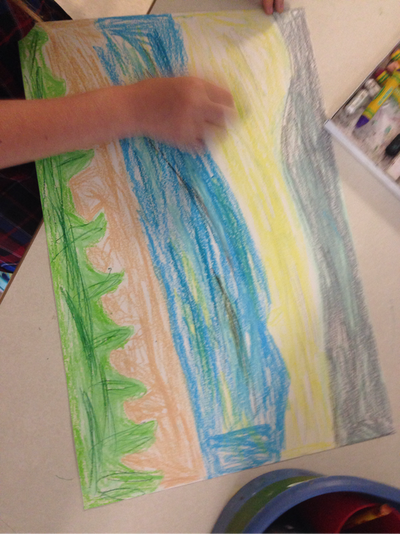

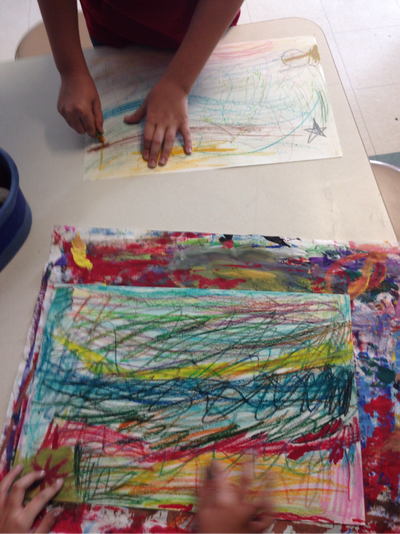




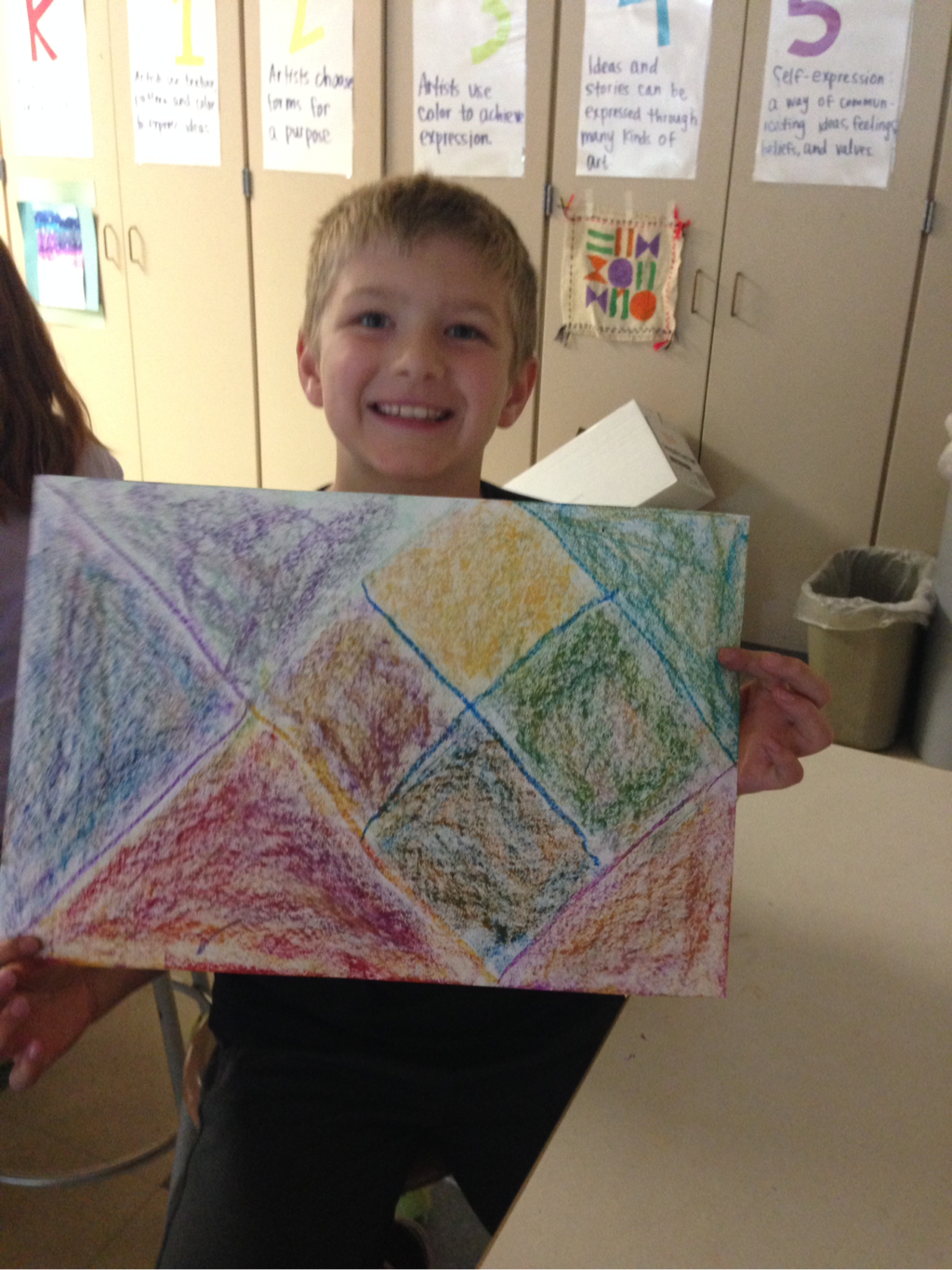



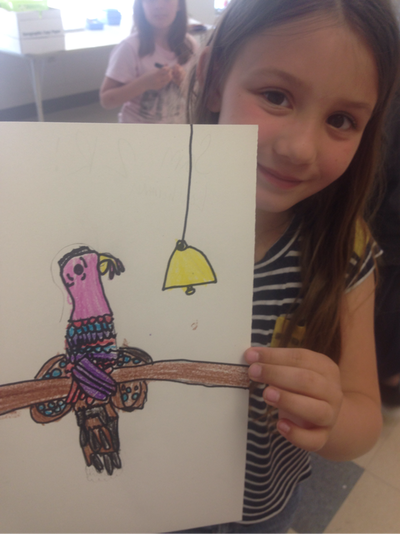




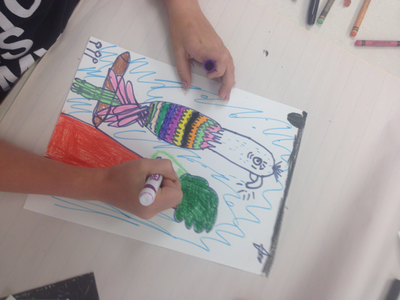

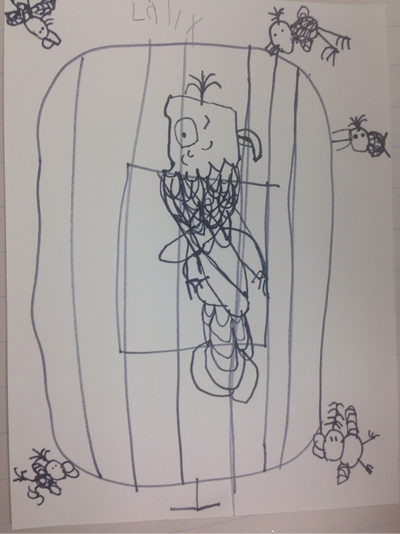

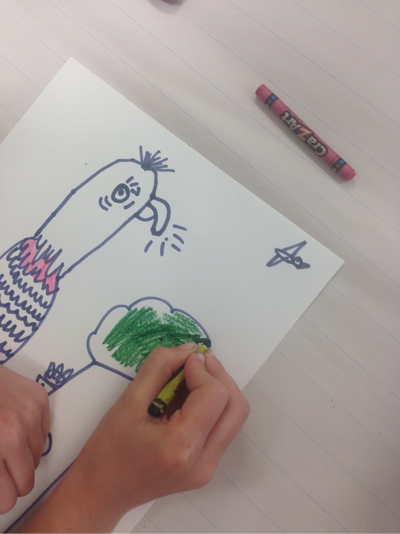





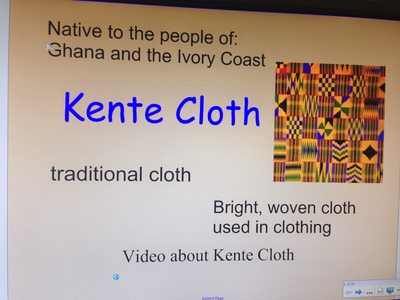





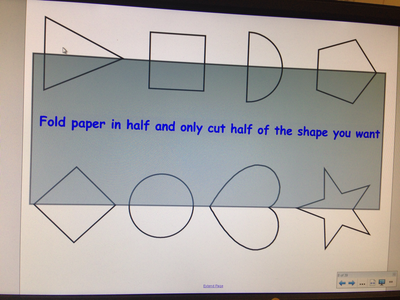




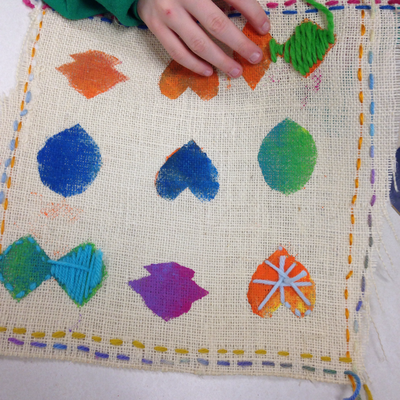

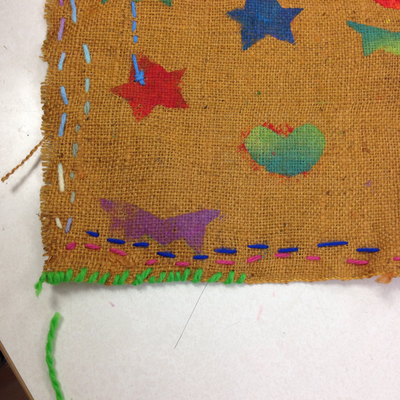
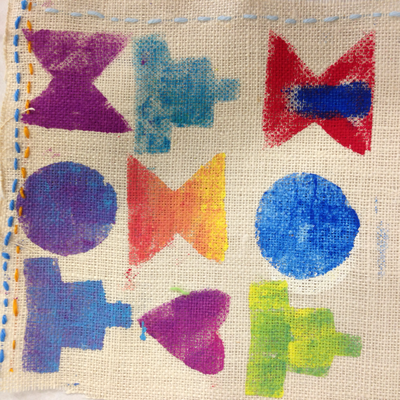




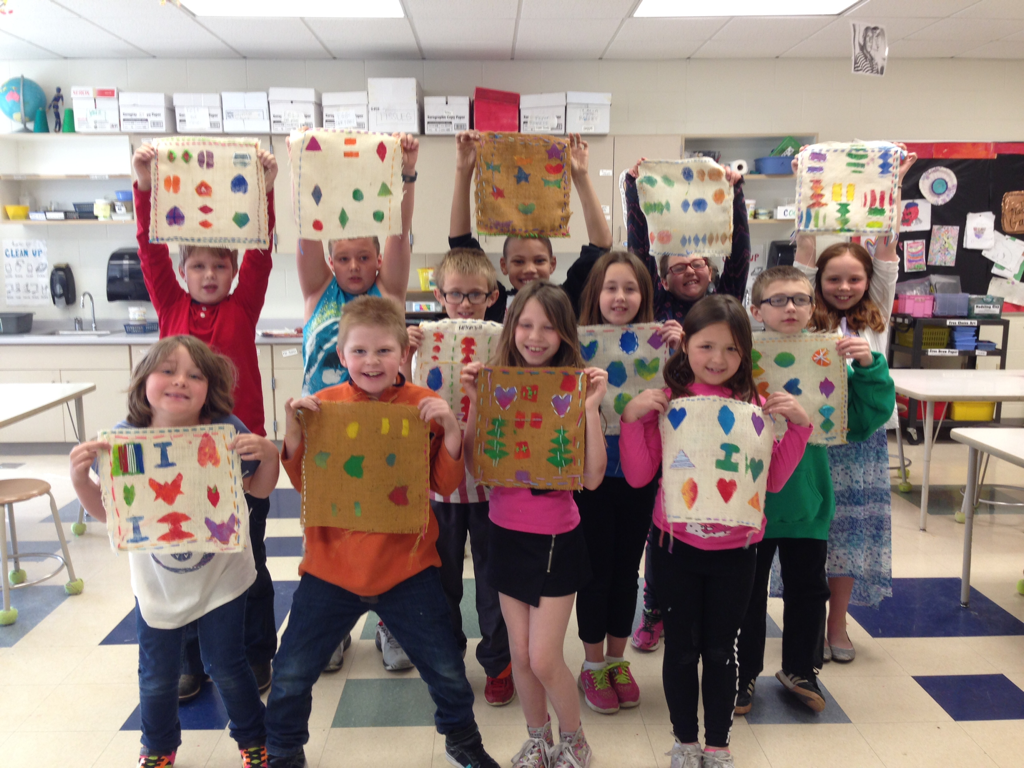

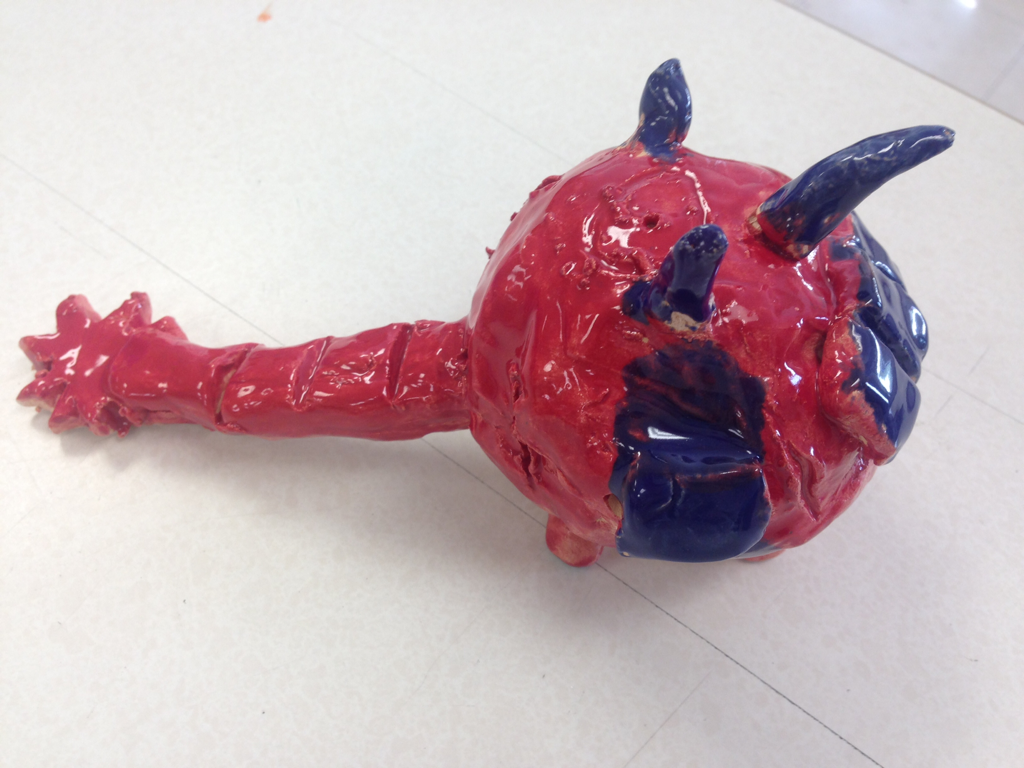

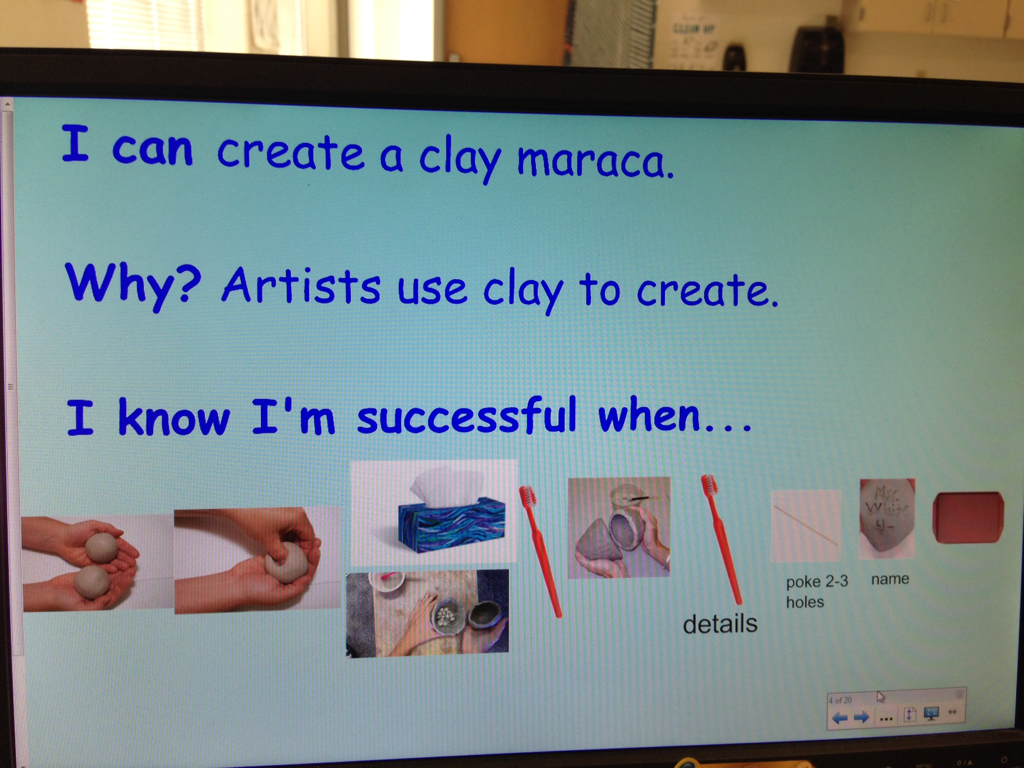


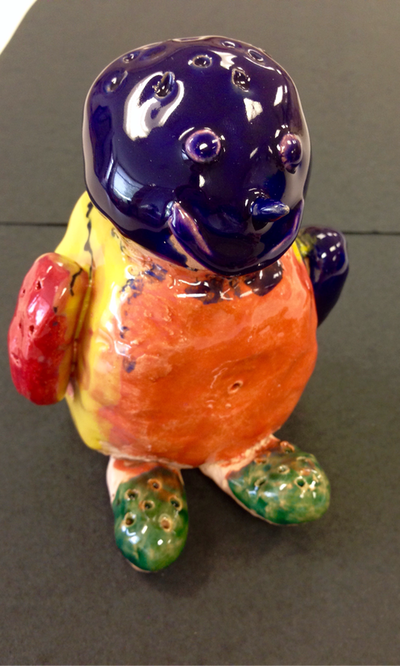
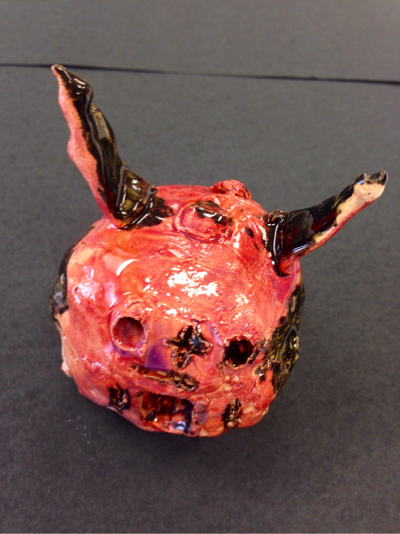



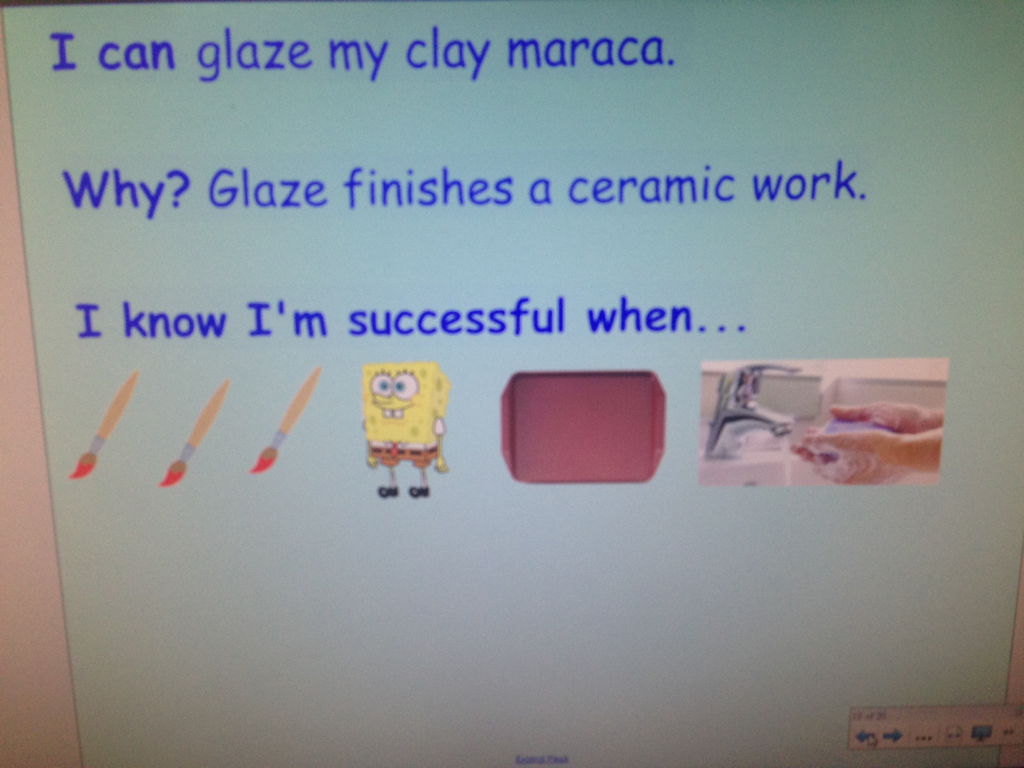
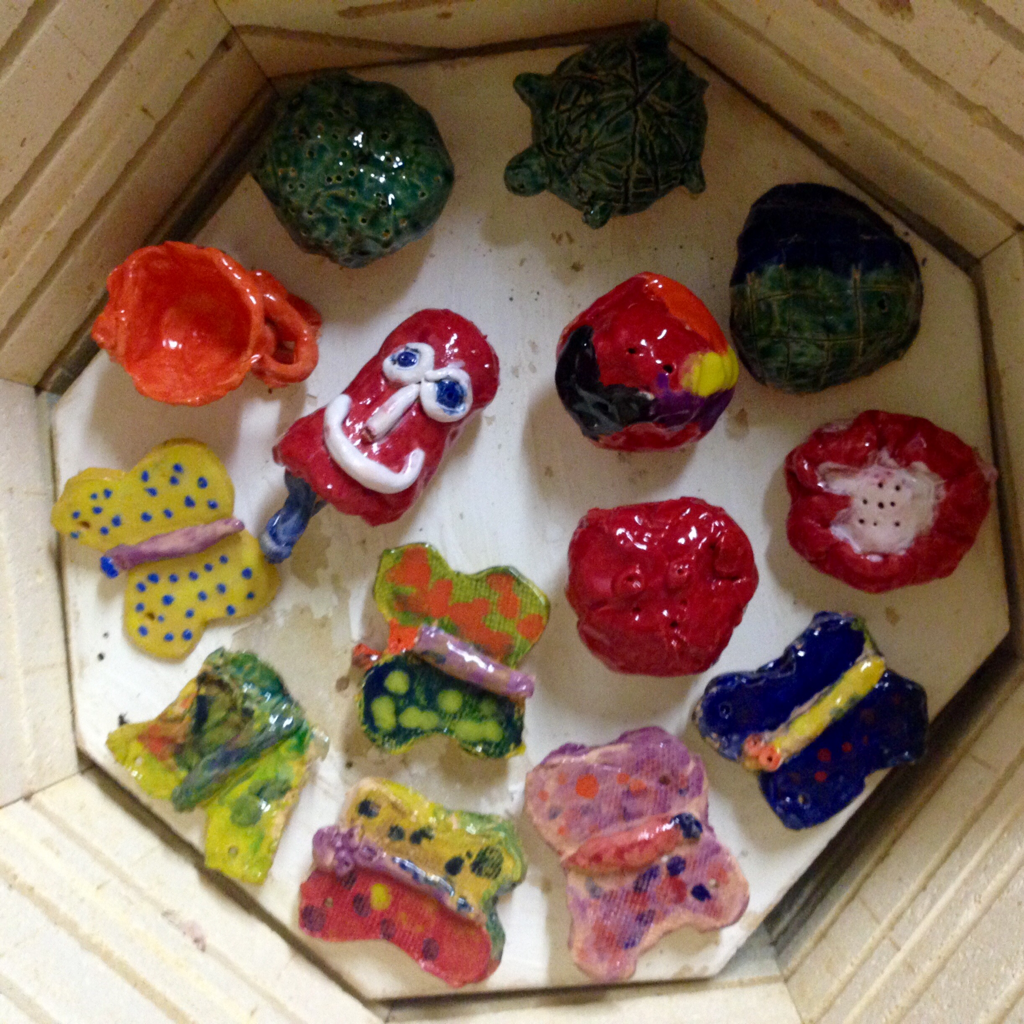





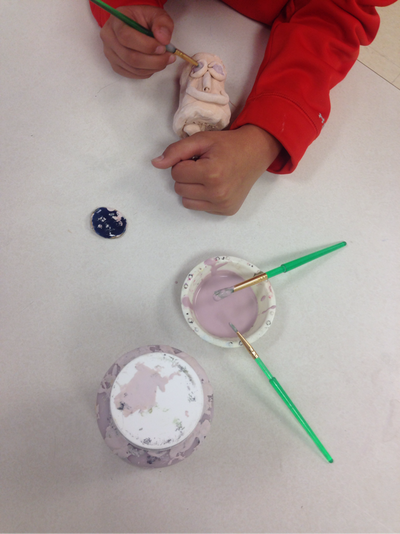
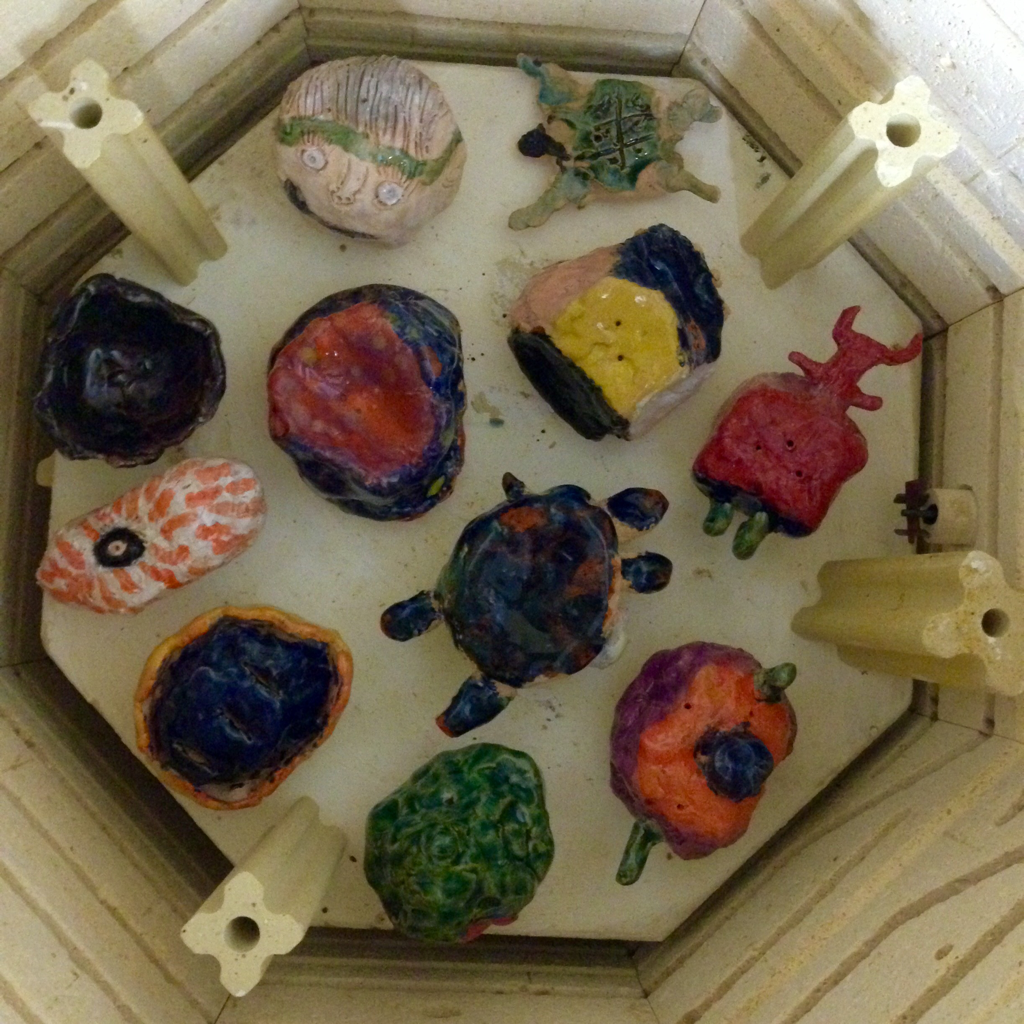






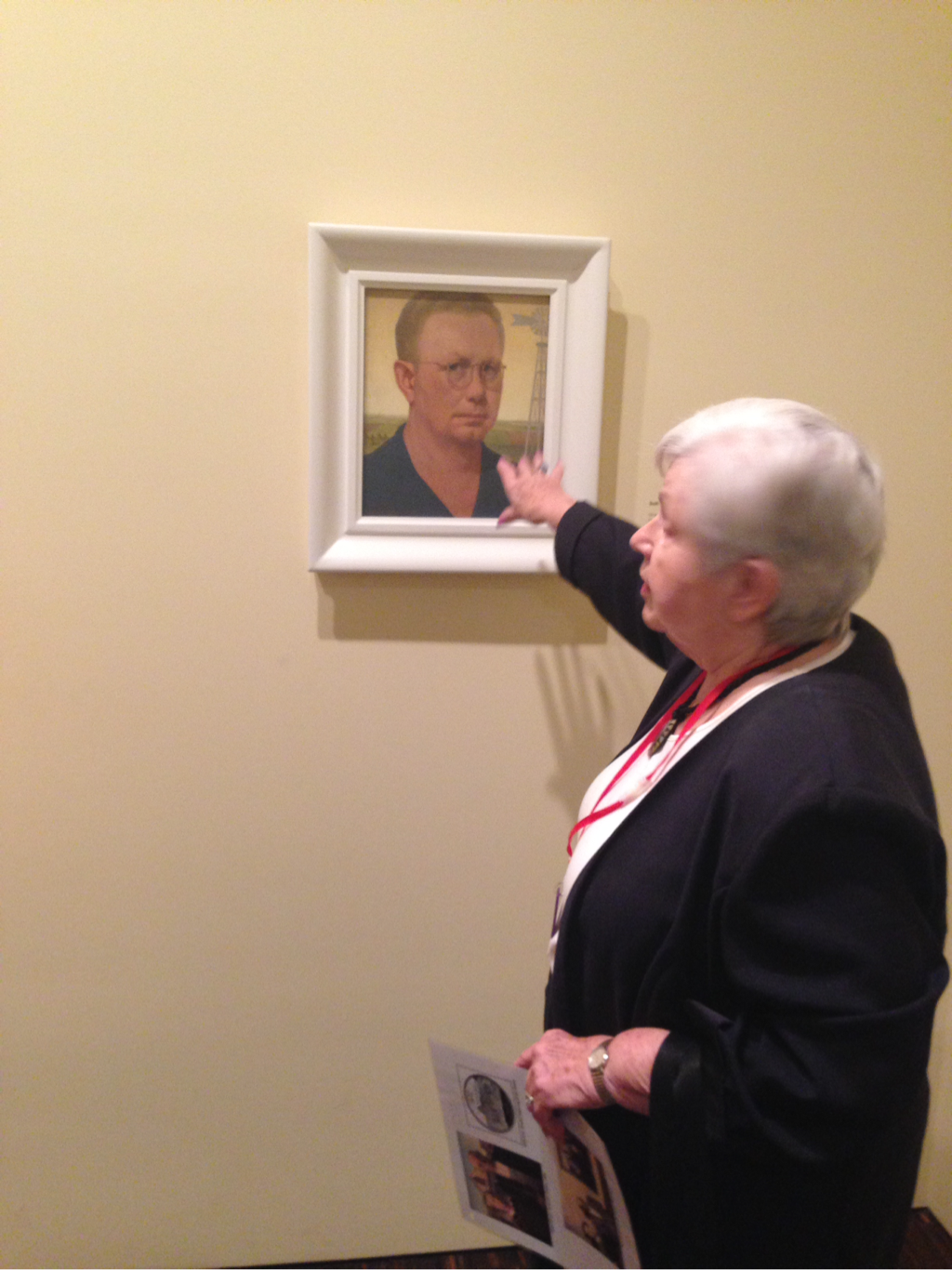



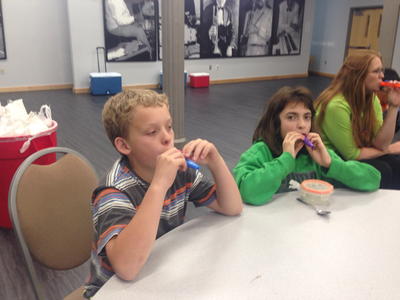



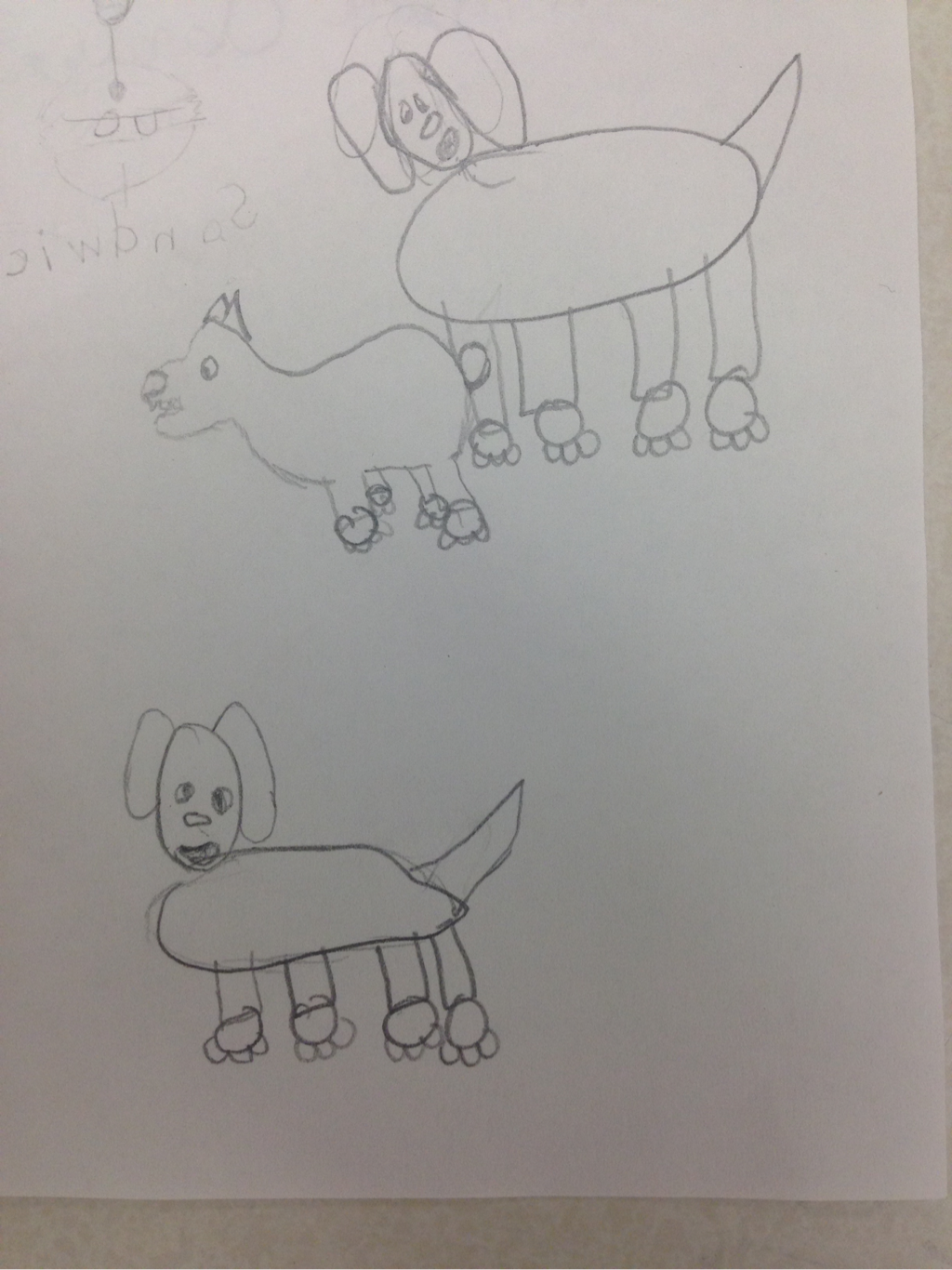


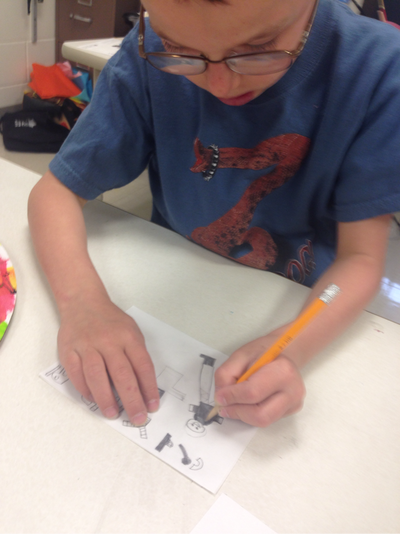


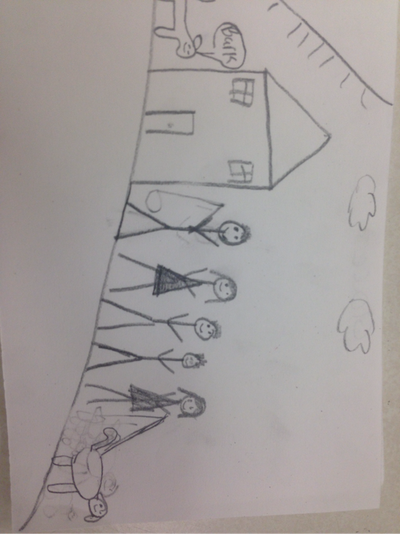


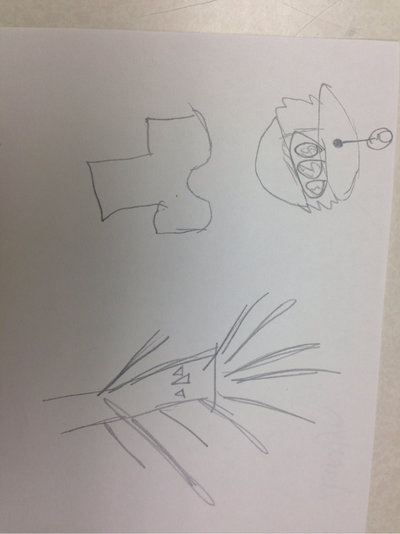
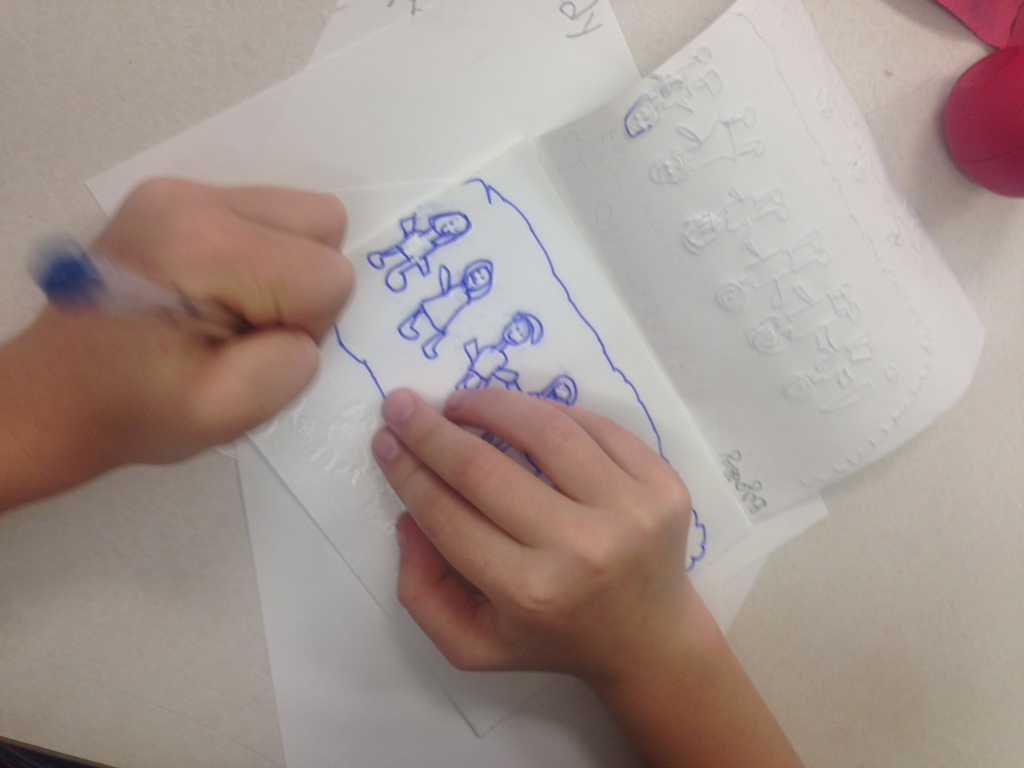
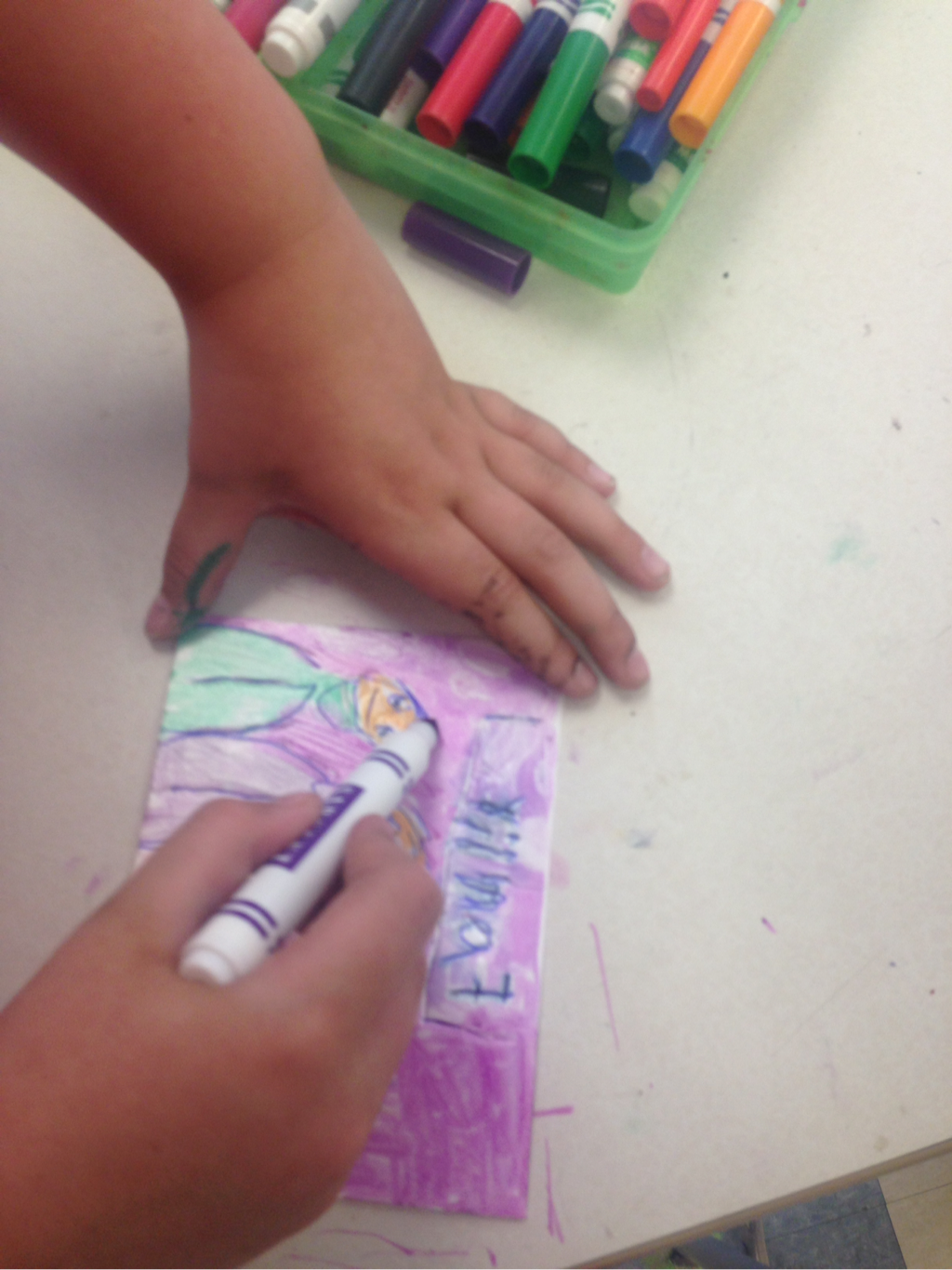


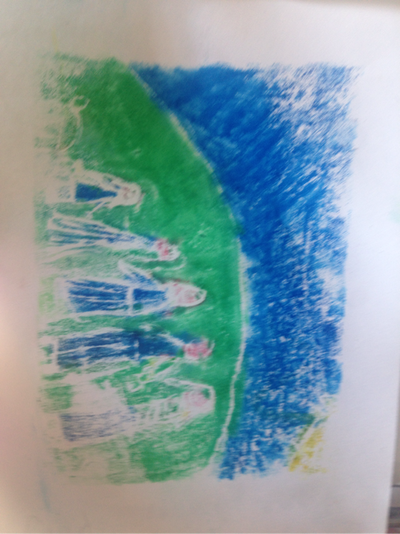

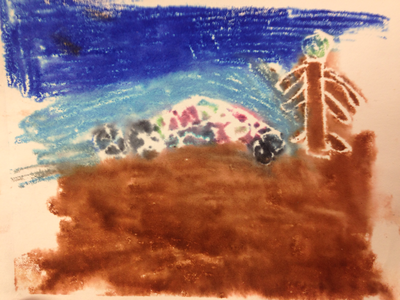
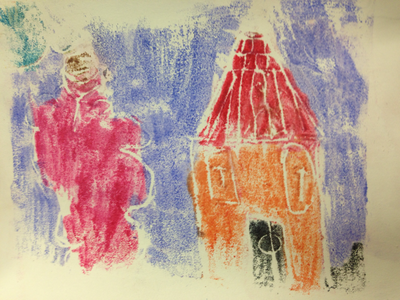

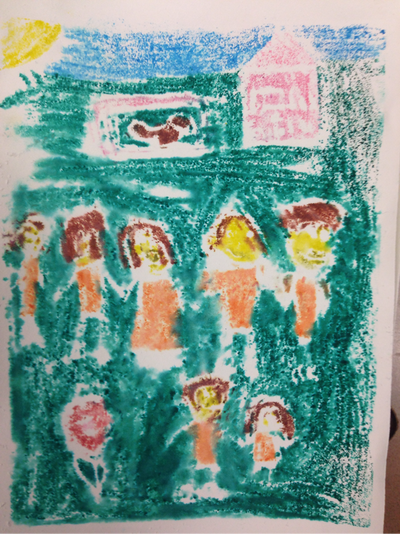


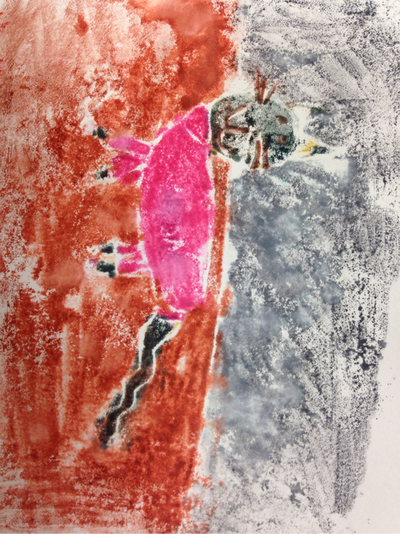

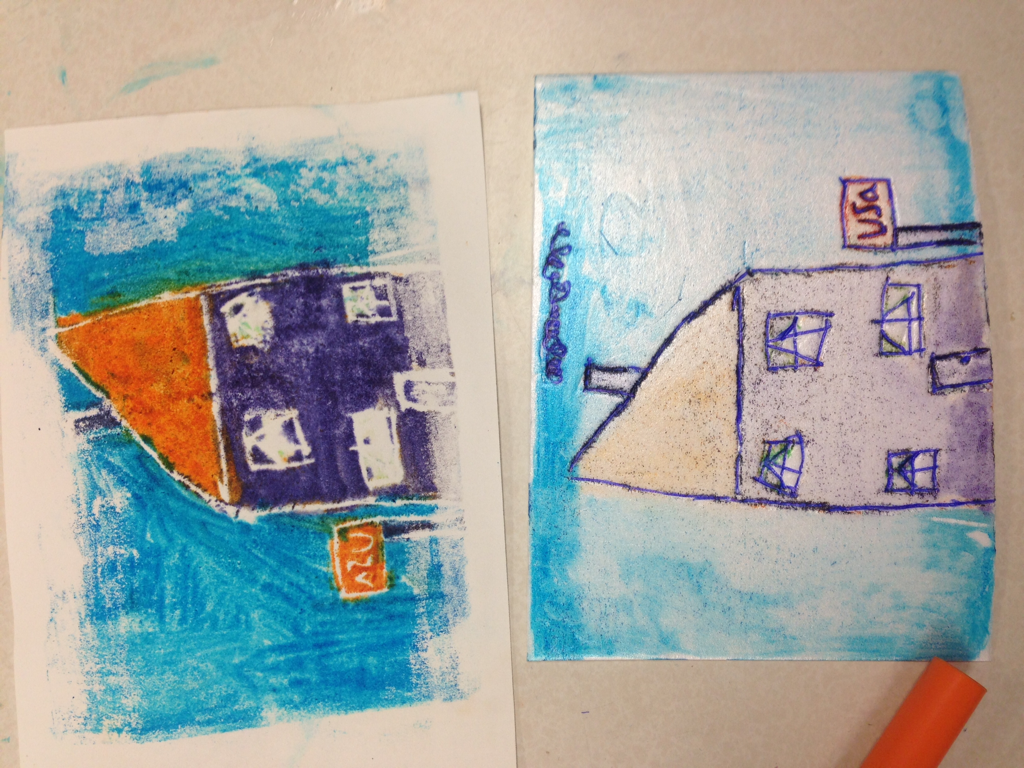
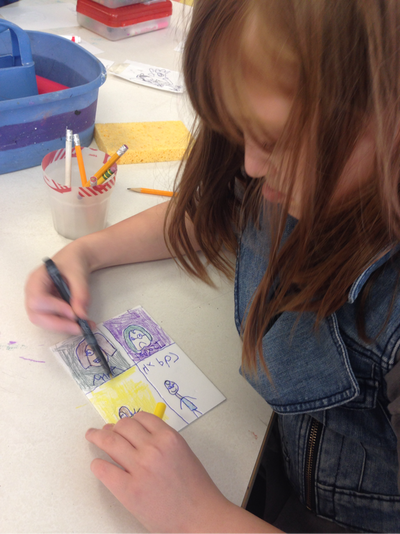


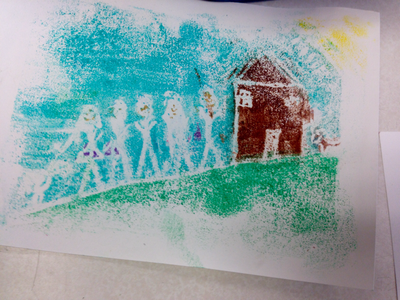
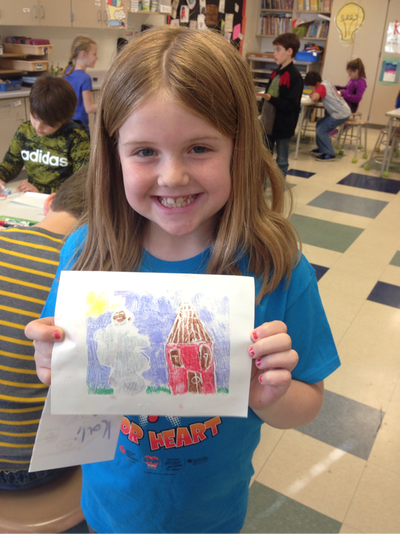

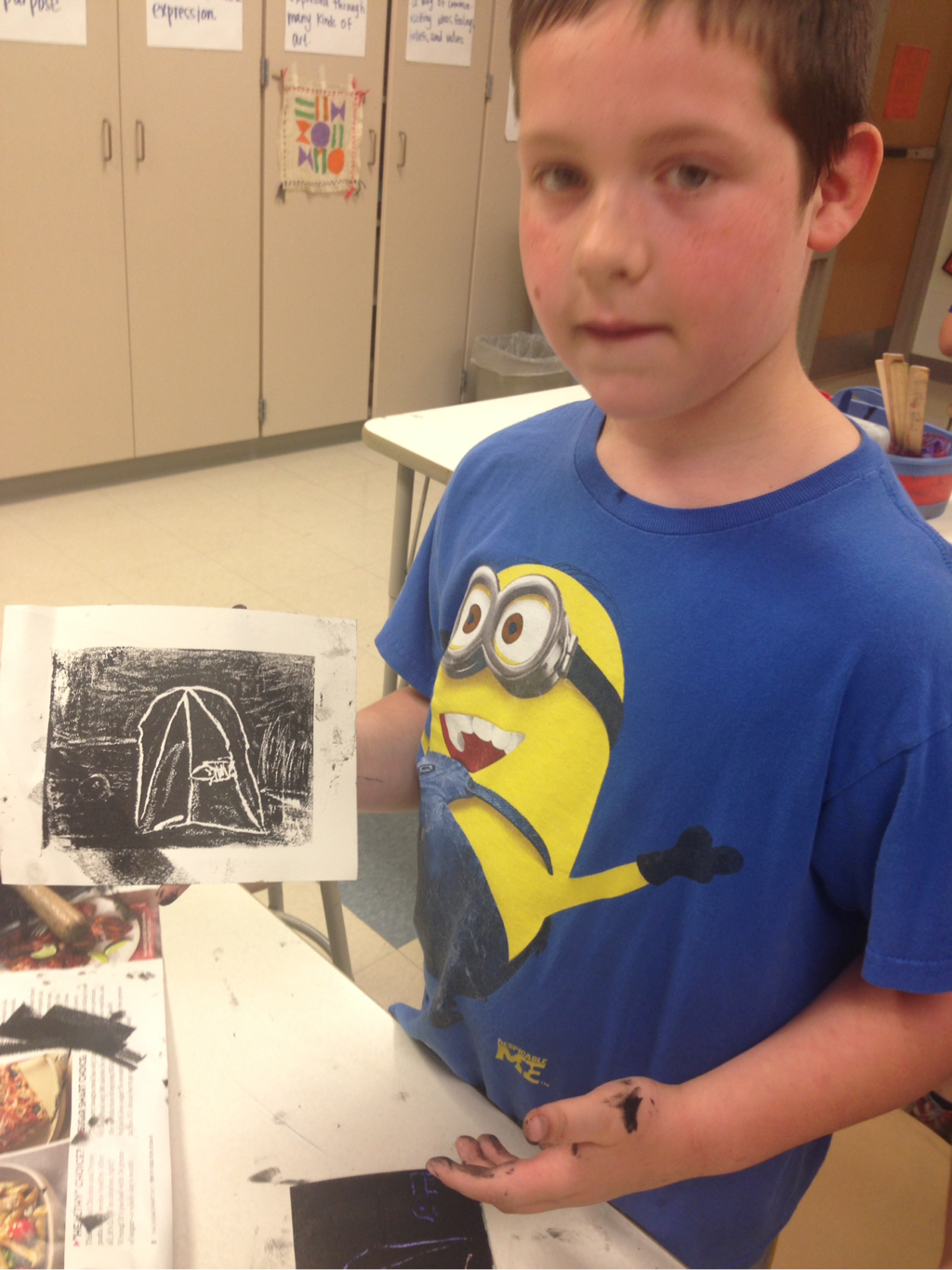
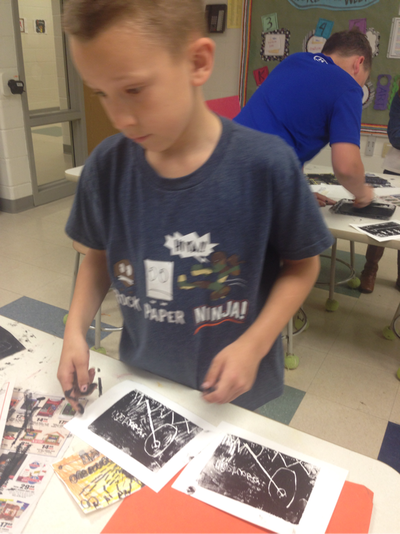
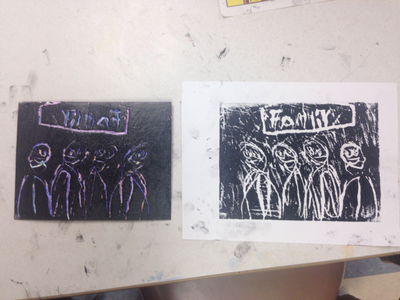

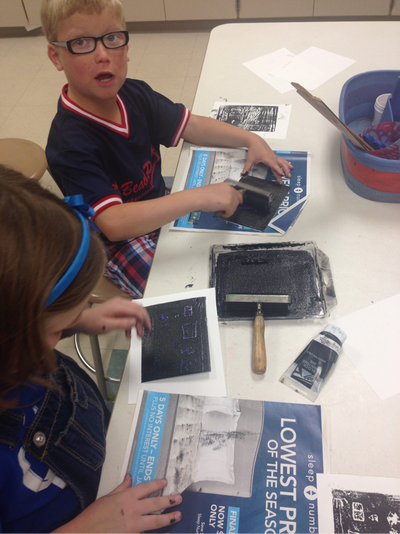
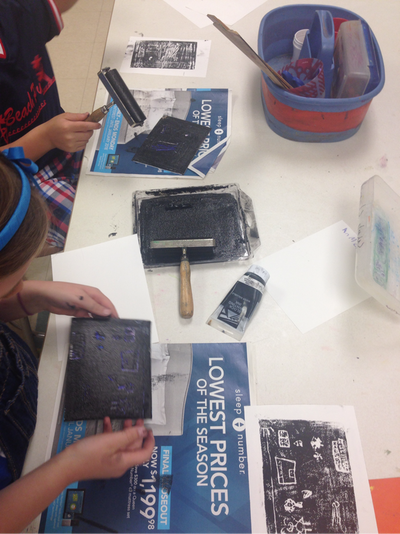

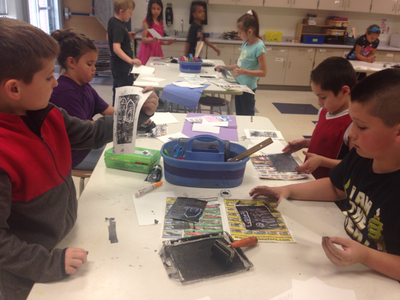
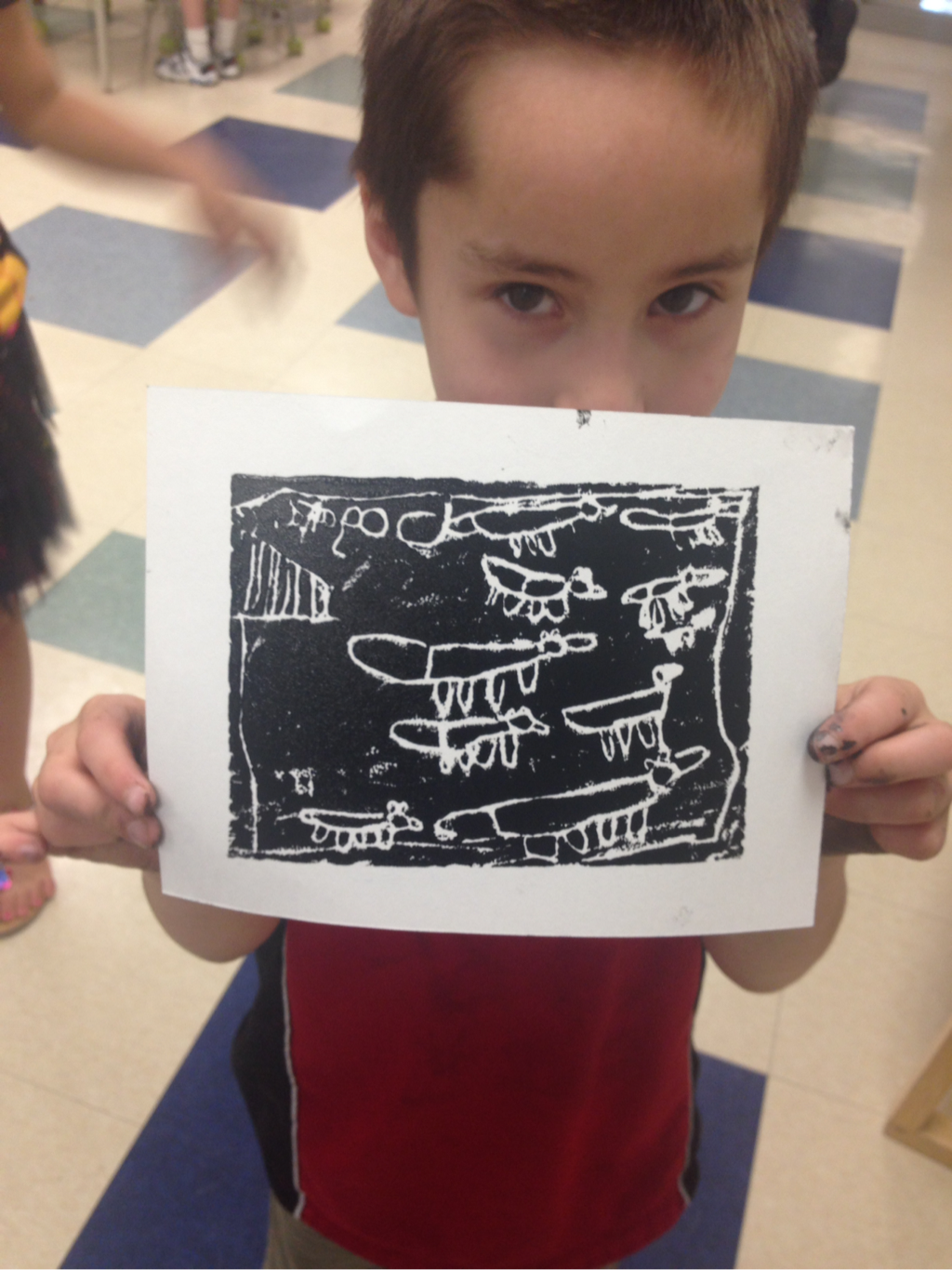

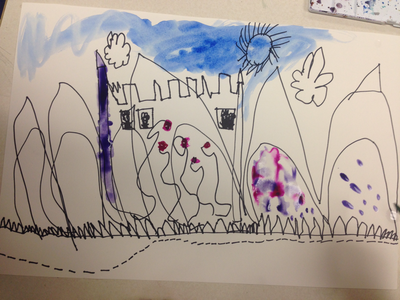


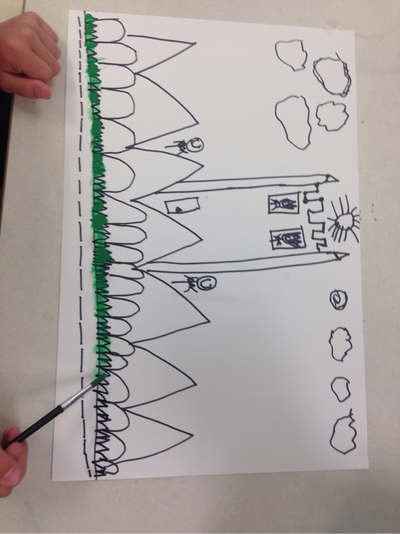


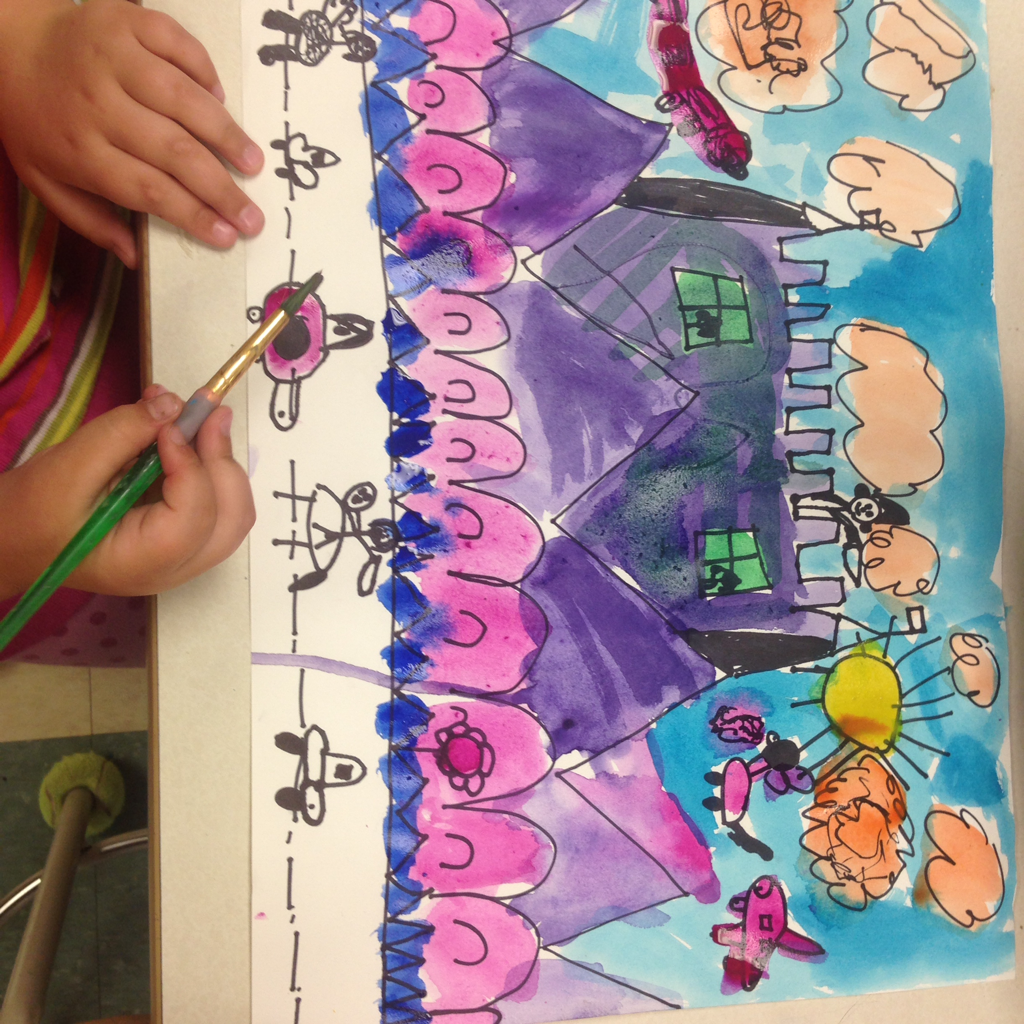


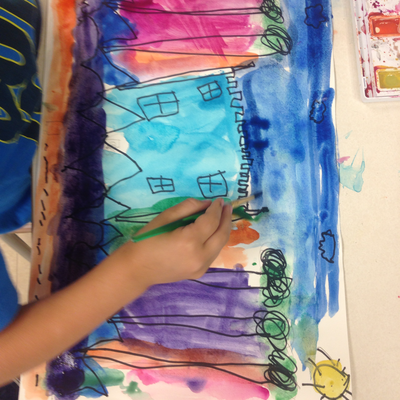
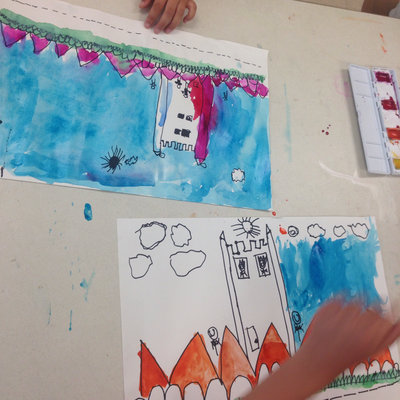

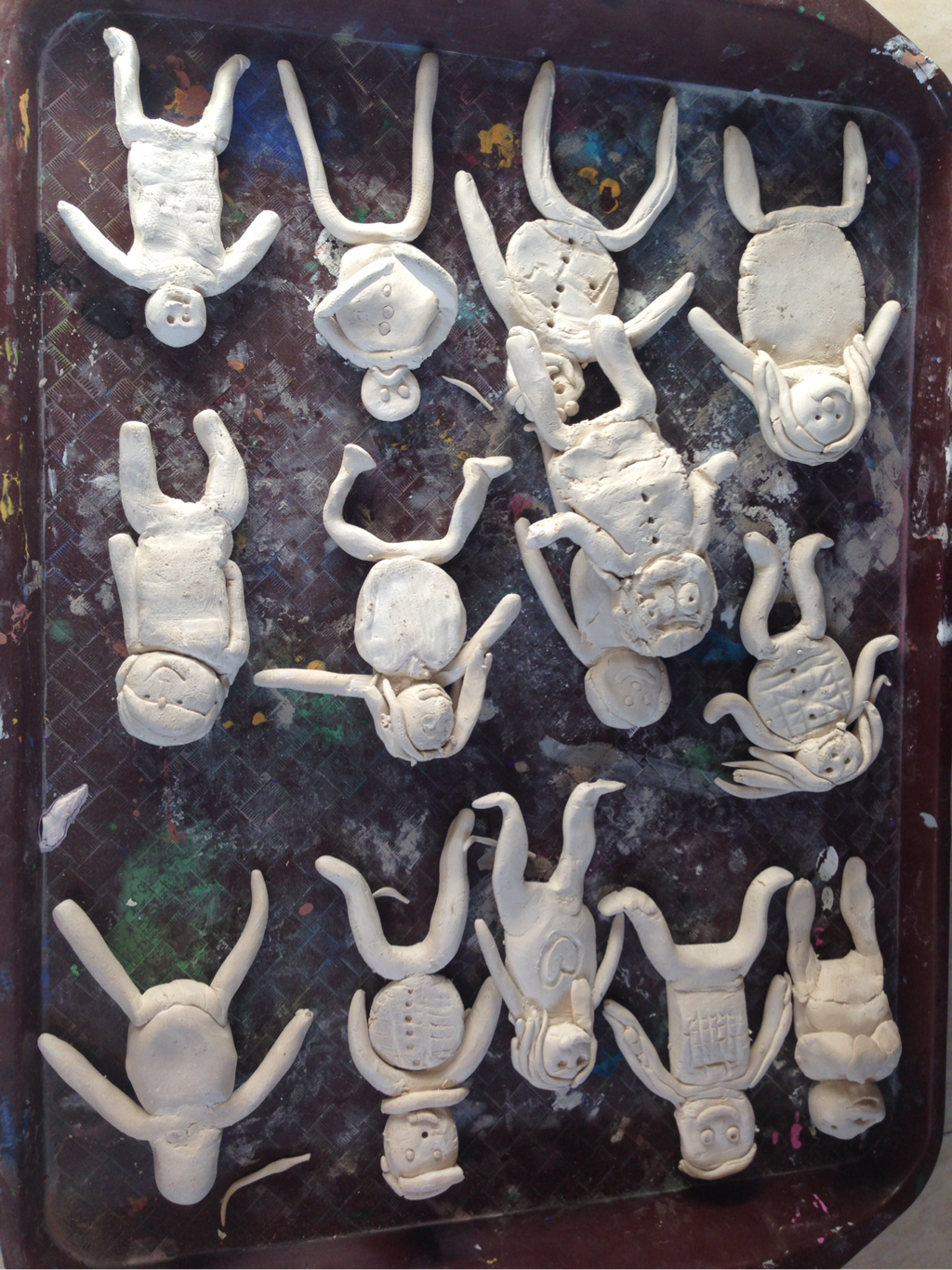

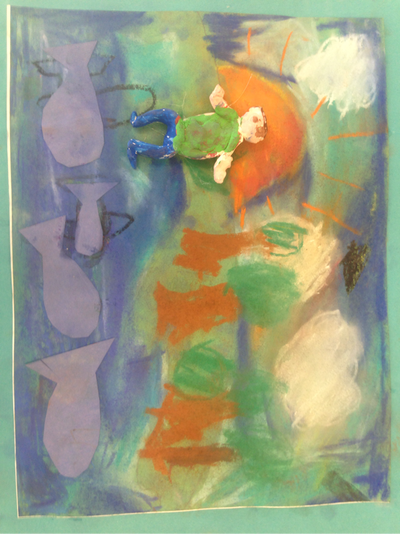

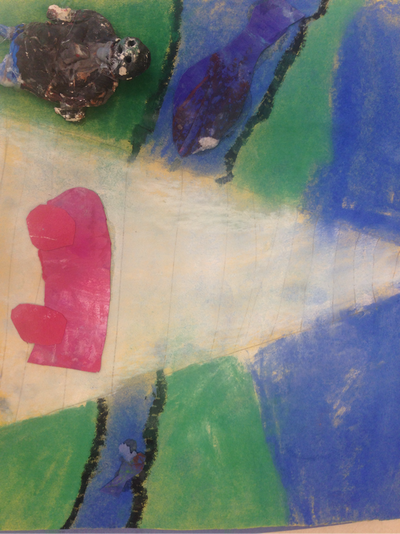




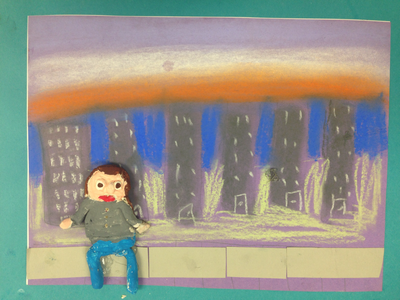

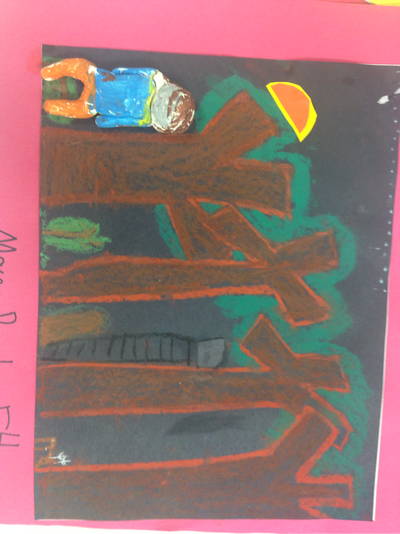
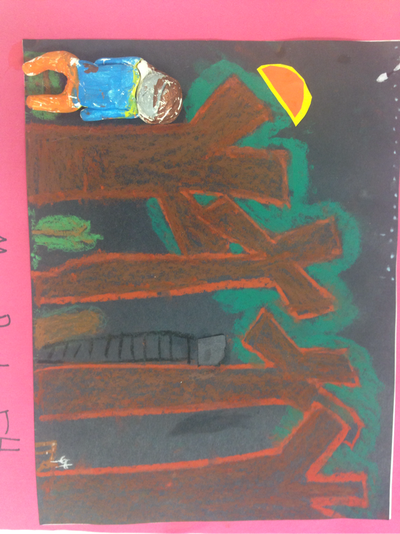
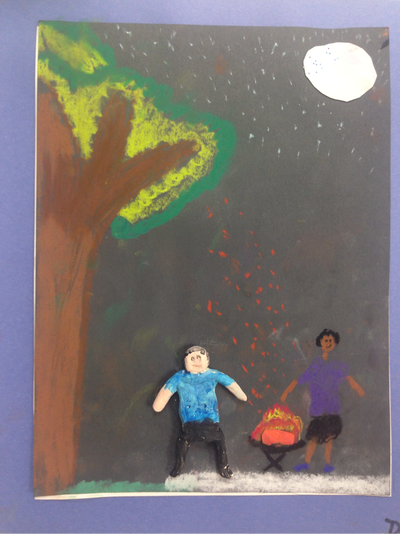

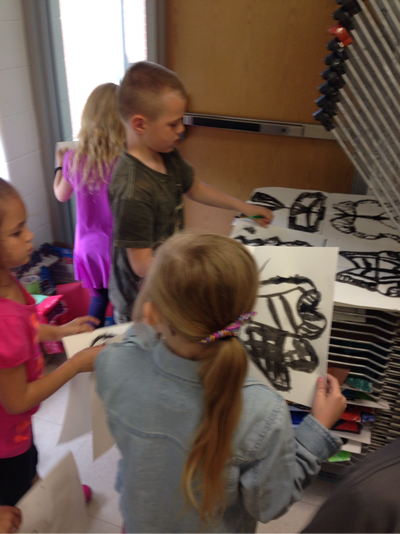
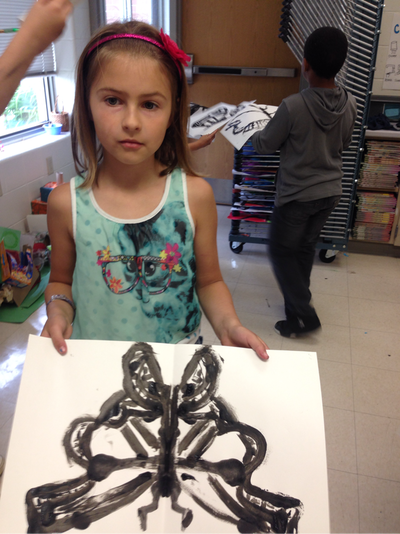


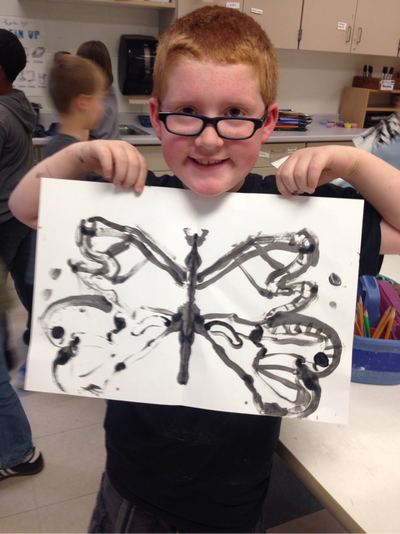
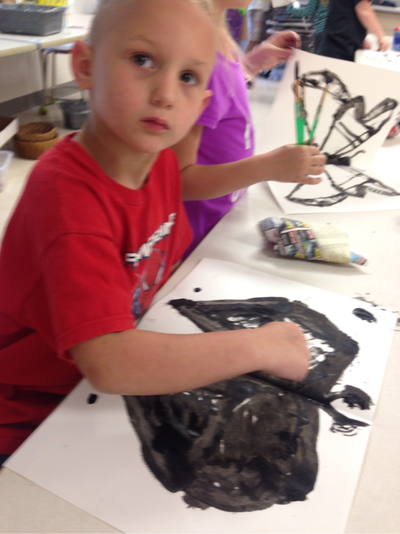

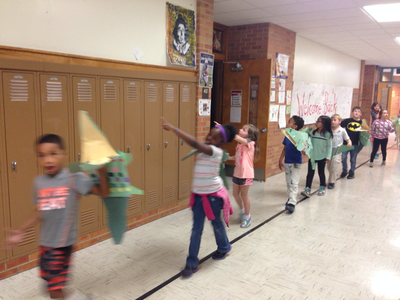
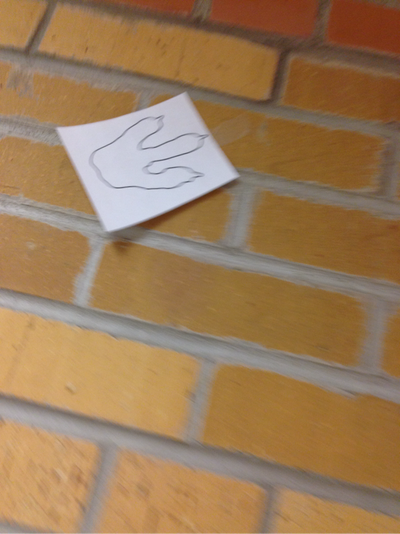

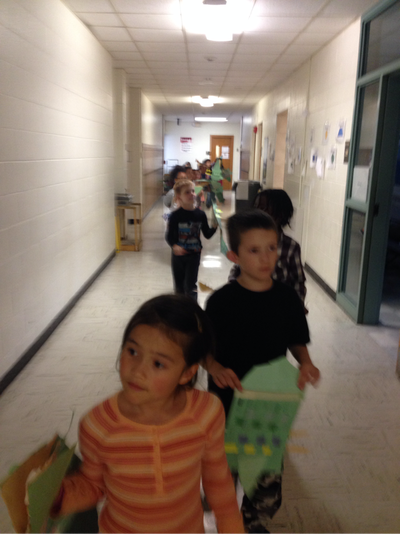
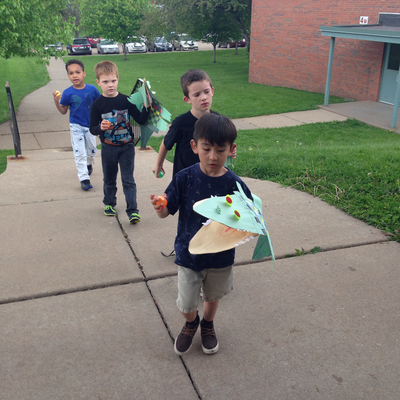




 RSS Feed
RSS Feed
